Aerospace Application
The aerospace industry is one of the most critical and demanding industries in the world. It requires intensive planning, development, testing, and manufacturing processes to ensure the safety of passengers and crew. The use of 3D scanning can help to improve these processes by providing a more accurate and complete view of the aircraft or component under development.With this information, manufacturers can catch errors and correct them before they cause problems in the real world. In addition, using 3D scanning for reverse engineering can help to recreate legacy parts or create new ones.
3D printing is widely used in the aerospace industry, especially for producing complex molds and casting parts. It could be used to produce entire aircraft fuselages and other large components. It could also be used to create customized parts and accessories for individual aircraft.With advanced 3D measurement technologies, Scantech delivers comprehensive 3D solutions for creating 3D models ready for 3D printing so that aviation OEMs and suppliers can manufacture complex and customized parts.
Scantech’s lightweight and portable 3D scanners are the trusted instruments for capturing complete 3D data quickly and easily. They are also optimal options for measuring complicated curved surfaces, turbine blades, and dead angles.Thanks to their non-contact measurements, our 3D scanners truly realize non-destructive inspection. These handheld 3D scanners can get full-field 3D data without causing damage to the aircraft’s parts and help generate deviation color maps in a few minutes.
We cater to a variety of needs in Aerospace, specifically:
Guarantee the Quality with 3D Metrology Solutions

Airplane Skin
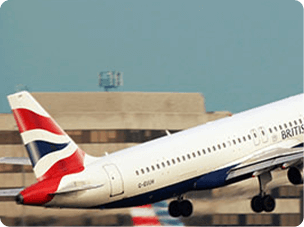
Fuselage

Airplane Door
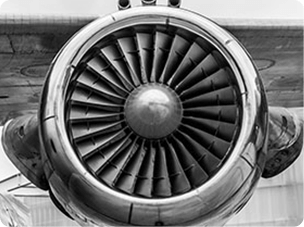
Inlet Housing
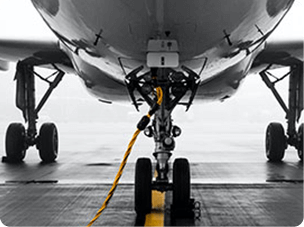
Landing Gear Panels

Engine Blade

Engine Piping
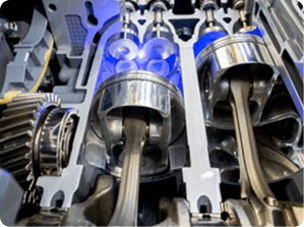
Combustion Chamber
NDT Inspection and Measurement for Aerospace
Non-destructive testing, or NDT, is the process of inspecting and measuring aerospace materials without causing any damage. In contrast to destructive testing methods, which cut, grind, or drill into materials to identify flaws, NDT uses various techniques to detect defects and irregularities without altering the material. NDT inspection is vital for the aerospace industry as it helps to ensure the safety and quality of aircraft parts and components. Scantech provides NDT inspections for airplane parts including engine parts, fuselage, fasteners on the airplane skin, and aircraft wings.

Inspection of Engine Parts
The failure of a critical engine part can result in catastrophic and often fatal consequences. For this reason, aviation engine parts are subject to rigorous inspection procedures prior to each and every flight. In order to ensure that these parts meet the required safety standards, inspectors must have a comprehensive understanding of the many different components that make up an aircraft engine. Scantech’s 3D scanners allow thorough inspection of engine parts throughout their entire life cycle. Our 3D scanners efficiently inspect all kinds of standard geometries for each blade. Innovative algorithms in our 3D software ScanViewer ensure the correct computation of standard geometries.
Learn more >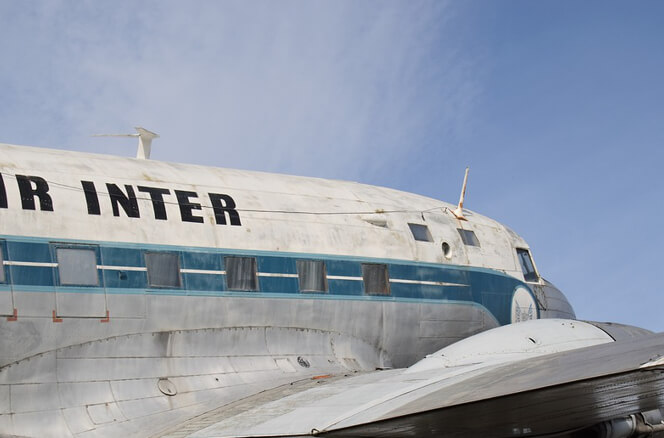
Fuselage Measurement
Fuselage measurement is an important aspect of aircraft design. The fuselage width and shape play a critical role in the jet's aerodynamics, affecting everything from fuel efficiency to stability in flight. In order to ensure that the jet meets all safety and performance requirements, engineers must perform accurate measurements of the fuselage during every stage of development. While tedious and painstaking work, it is crucial for producing a high-quality product. With the help of our cutting-edge 3D technologies, Scantech provides reliable and cost-effective 3D digital solutions to obtain fuselage data. Our fast data acquisition allows interior components of aircraft to be accurately measured to check their matching to the fuselage.
Learn more >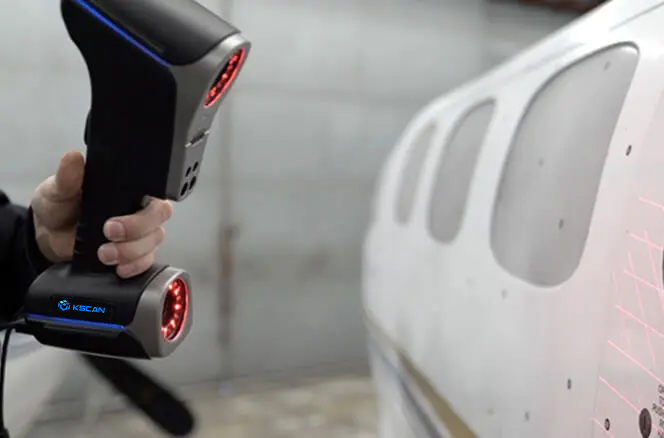
Measurement of Fasteners on the Airplane Skins
Fasteners are used for joining aircraft skin, rib and spar sections. It is important for holding sections in place for securing fittings to various parts of the aircraft. Common fasteners include anchors, locking bolts, hex bolts and pins. Due to their ability to withstand extreme stress without breaking or otherwise succumbing to damage, fasteners are safe and effective way for aerospace manufacturing companies to build aircraft. Scantech’s handheld 3D laser scanners suit well for inspecting sub-flush conditions of all fasteners installed on the exterior surfaces of airplanes. Aviation OEMs and suppliers use our non-contact and ultra-fast 3D measurement to measure a large number of fasteners to check their depth and flush.
Learn more >
Aircraft Wing Inspection
Aircraft wing is a framework made up of spars and ribs and covered with metal. It is shaped to make air move faster over the wing. When airplane is in flight, the pressures on the top and bottom of the wing are different. It makes the aircraft wing subject to risks of deformation. The deformation of in-flight wings can significantly impact the aerodynamic performance of an aircraft, which can not be inspected and qualified intuitively. Scantech’s metrology-grade 3D scanners can obtain accurate parameters like width, length, and depth of the defect for accurate inspection.
Learn more >Traditional Gauge VS Scantech’s 3D Scanner
Traditional Inspection Gauge
● Large measurement quantity
● Limited data collection
● Non-repeatable measurement results
Scantech’s Handheld 3D Scanner
● Fast measurement
● Full-field data collection
● Repeatable measurement results
● Immune to plant floor vibrations
● Faster calculation
● Intuitive Reports




